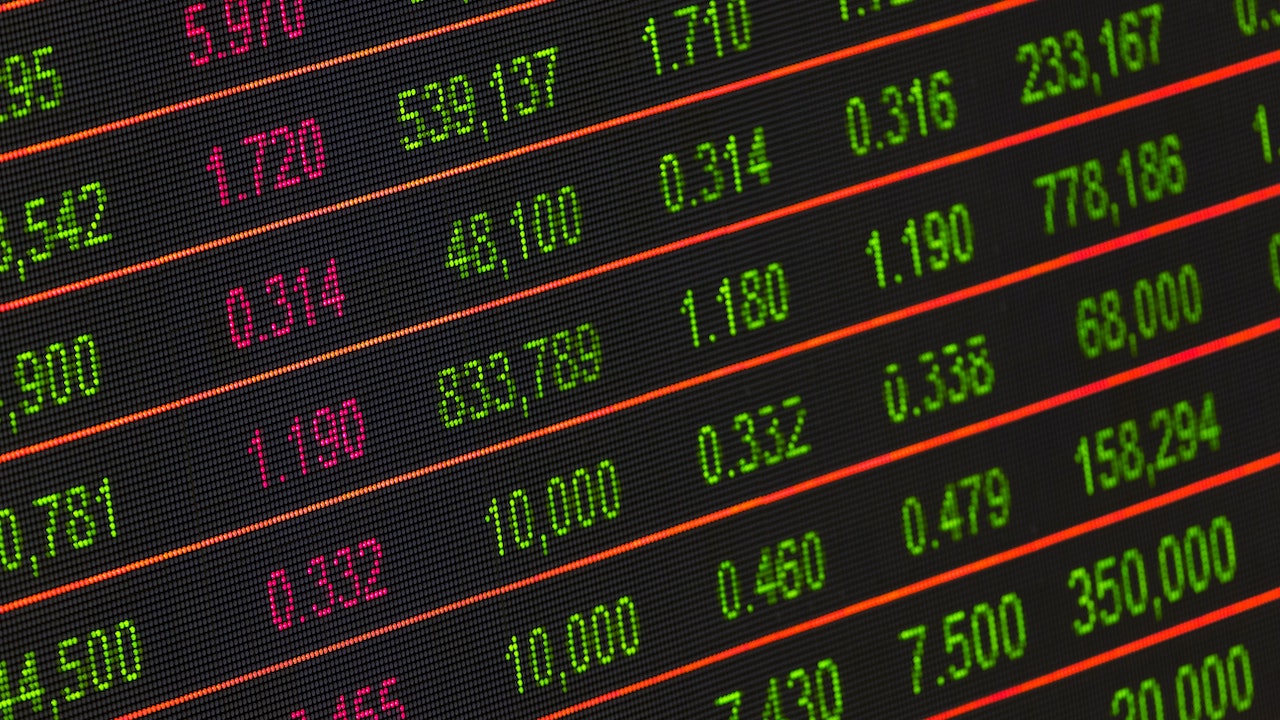Payment for Order Flow and How Markets Work
In the news lately, you might have heard a conversation about payment for order flow. You should hear more about this in the coming future as the federal government is paying more attention to this practice, which was pioneered by Bernard Madoff (you might remember how this ended for him). This practice is also responsible for lowering the cost of security trades.
What is payment for order flow?
The trading of securities involves Market Makers – who facilitate the execution of trades and earns revenue in doing so. Payment for order flow is the transferring of profits made when a security is traded, back to the institution that directed the order to them (Market Maker).
To understand it in greater detail you have to start with how our markets operate and the function that a market maker performs. Every security that is traded has a Bid and an Ask price. The Bid is the price the buyer of the security pays. The Ask is the price that a seller of a security gets. The spread between the two is how a market-marker gets paid. The spread can be very small (maybe only $0.0001) or could be very large (like $5.00 or more). It all relates to the trading value in the security and the number of market makers trading in that individual security.
Who is a Market Maker?
When you think back on how the markets started, it was individuals gathered around, with somebody selling something and somebody buying something at the edge of town. In New York, it was under a buttonwood tree along a street called Wall Street. The process of how this transfer is completed has changed a lot over the years in some ways and in other ways it has not. The purpose of the market maker is to facilitate efficient trading of securities. These are individuals or companies making a market in a particular security and they agree to buy and sell the security when the stock market is open. These individuals or companies are required, and have a duty, to buy and sell the securities they make a market in and cannot stop trading until either the security is halted or the market closes. Because someone is always ready to buy or sell the security it helps make the markets efficient. Just imagine if you wanted to buy a share of your favorite company and no one wanted to sell it to you, or you wanted to sell but no one wanted to buy it from you. The Market Makers role is very important and they need to get paid for their work.
How do Market Makers Get Paid?
Remember the Bid and Ask relationship I discussed and the spread between them? That is a prime revenue source for Market Makers. Each Market Maker can set its own bid and ask price, giving you the option to select that offer or not. If you are trading in your own account, or a retail account, you may not be able to see all the different offerings from the variety of Market Makers. The reason for that is the company that has your account is directing your trades towards a certain set of Market Makers. When you place a market order you have no control over the price you pay for the security, you are only expecting the order to get filled, which is why it is called a market order.
How does Stewardship Advisors trade in its clients’ accounts?
We manage our client’s account on a discretionary basis, meaning we have the authority to place trades in our client’s account without calling the client first. Every client has their own account or accounts. Since each client can have multiple accounts with multiple securities, we could be trading thousands of securities at one time. We have steps in place to make sure we do this efficiently and get the best pricing for our clients. When we trade a large quantity of a particular security, we get what is referred to as a competitive risk quote. These trades are sent to our institutional desk and they go out to the different Market Makers. They let the Market Makers know the size of the order, but not if it is a buy or a sell and get indications of interest from them before executing the trade. This process happens very quickly, but it is not as fast as a market order.
We review a trade review report each quarter to see how efficient our trades have been over the last three months. This report looks at each trade, the spread between the Bid and Ask, and our execution price. The report is helpful for us in monitoring our trading practice as we look for areas of improvement.
Yes, all this work and process is important for you as we continue to look for ways to add value for our clients in all aspects of what we do. If you would like to learn more or have additional questions please contact us.
